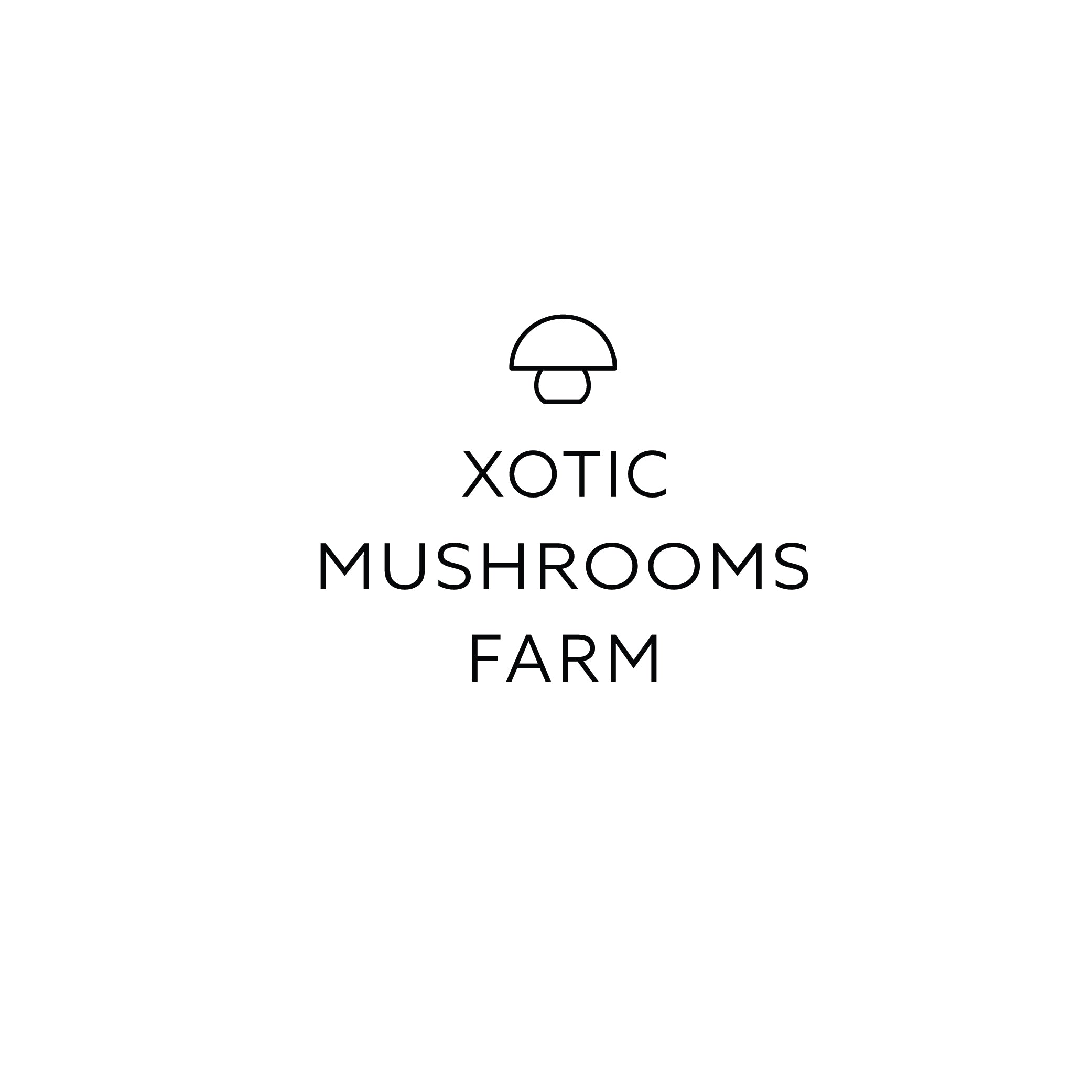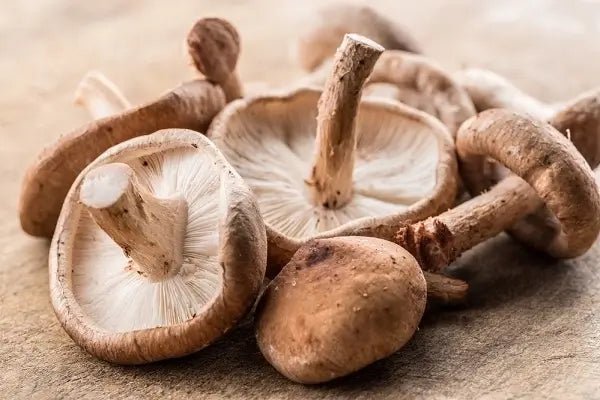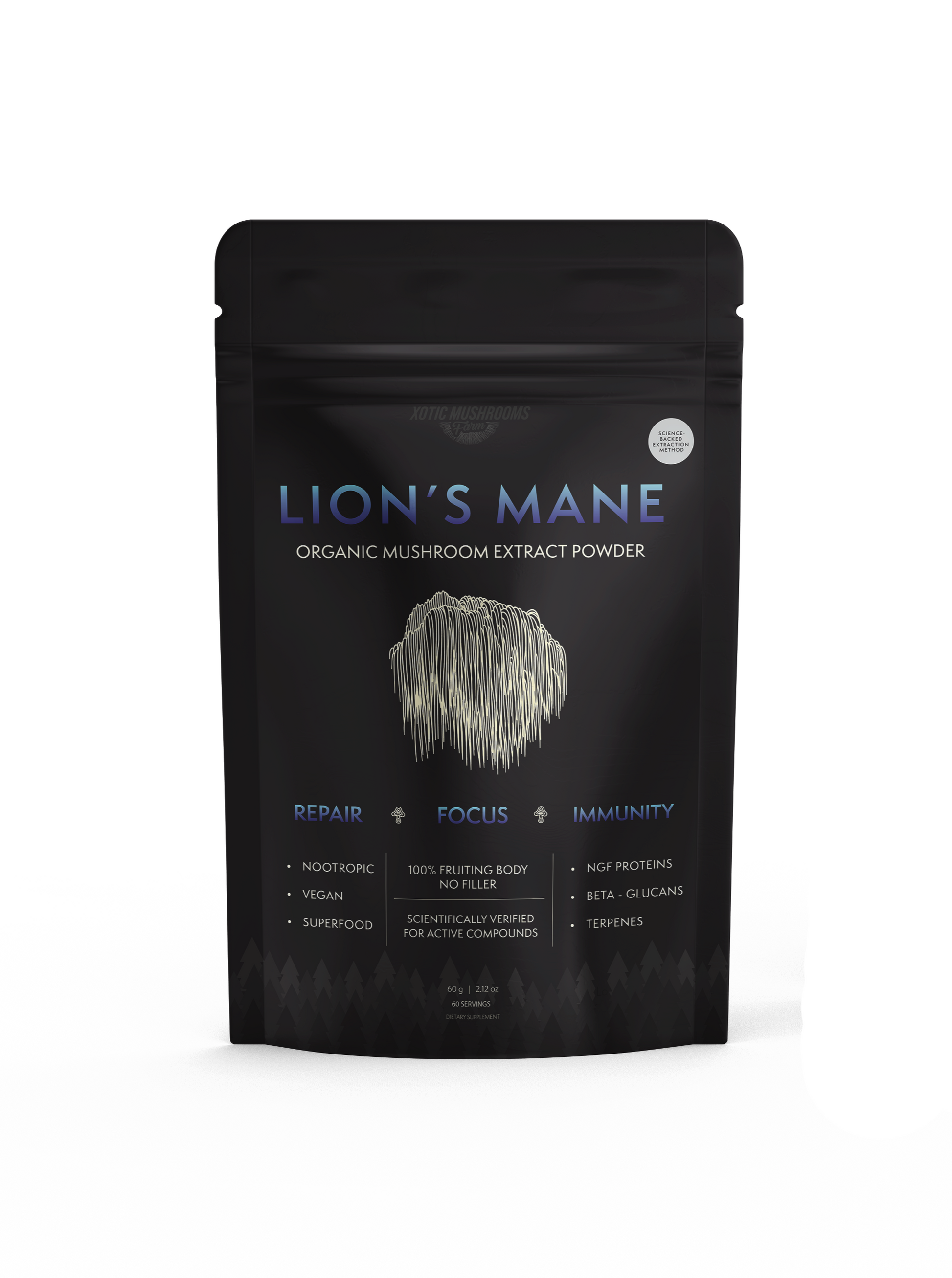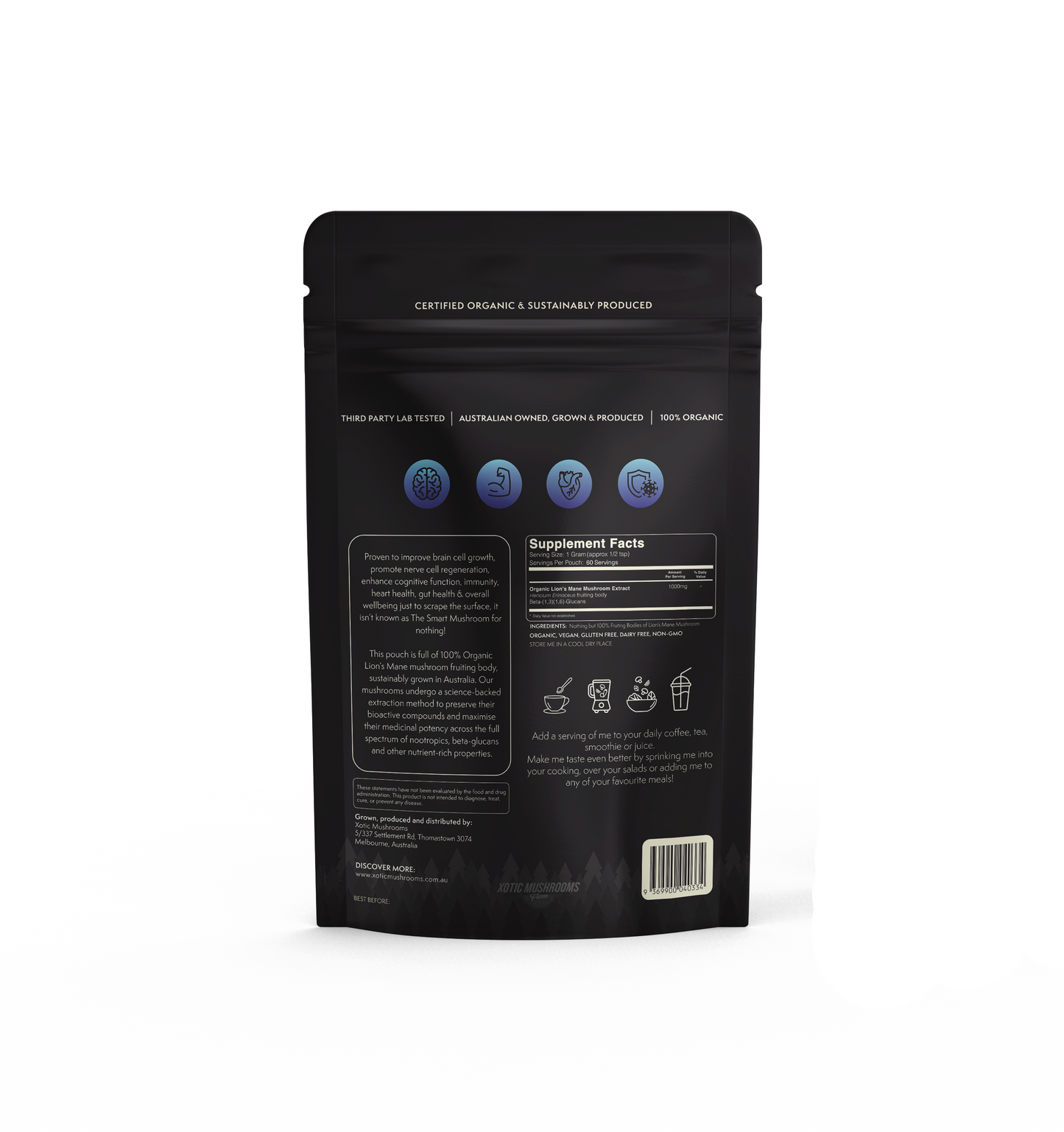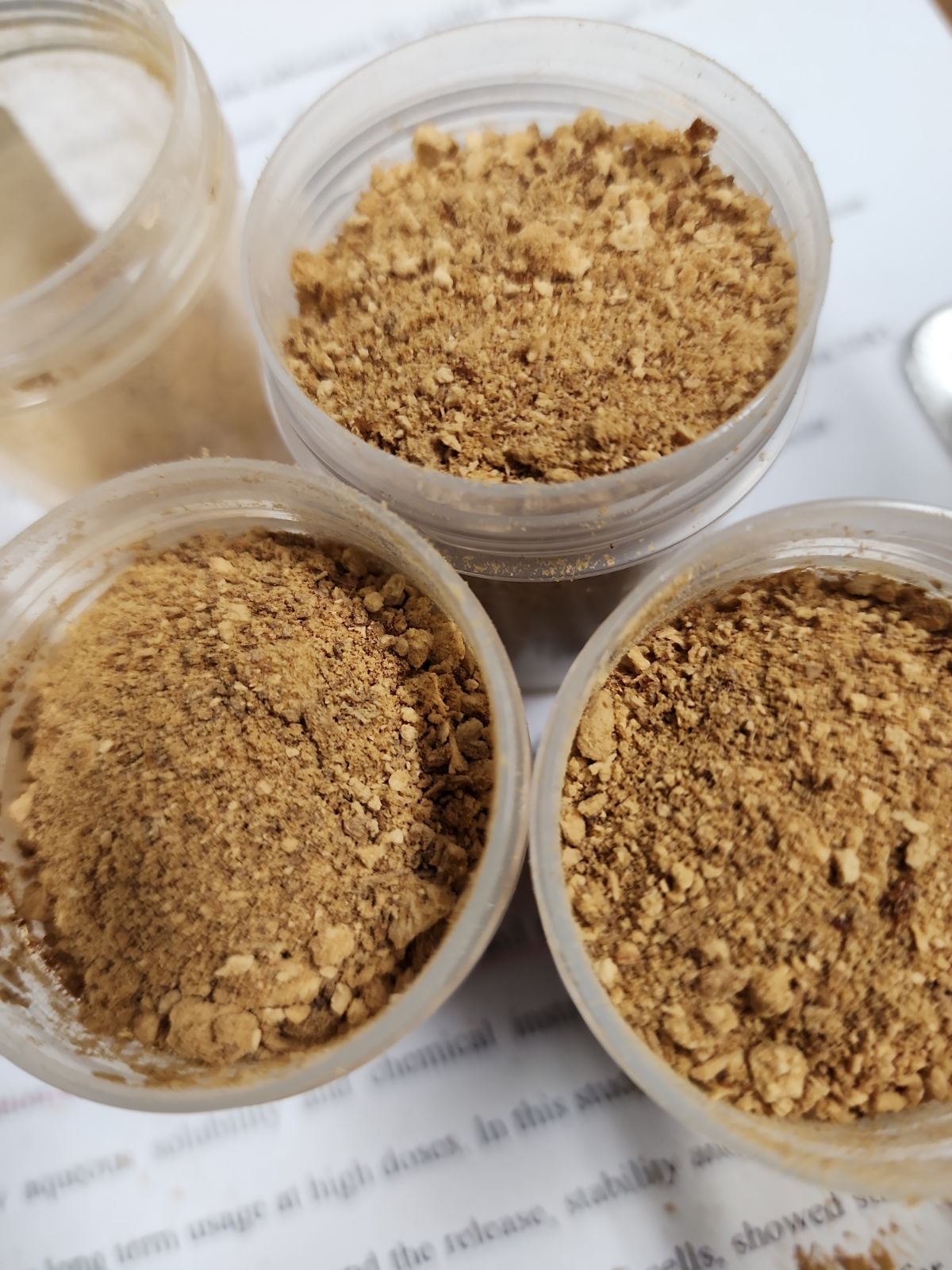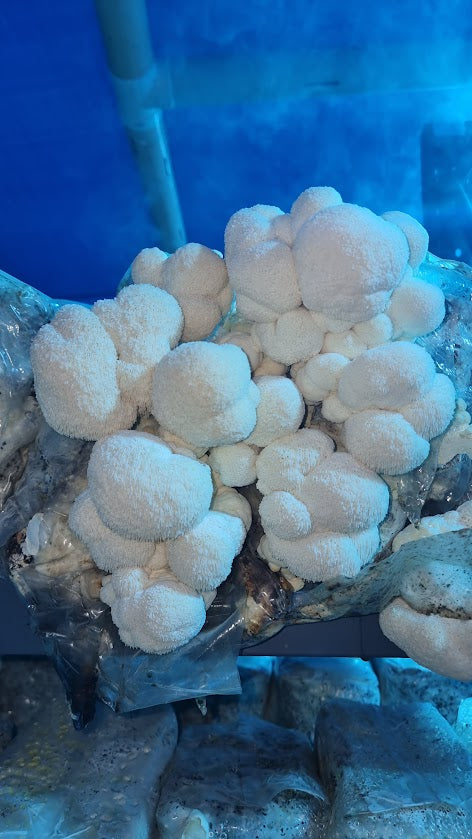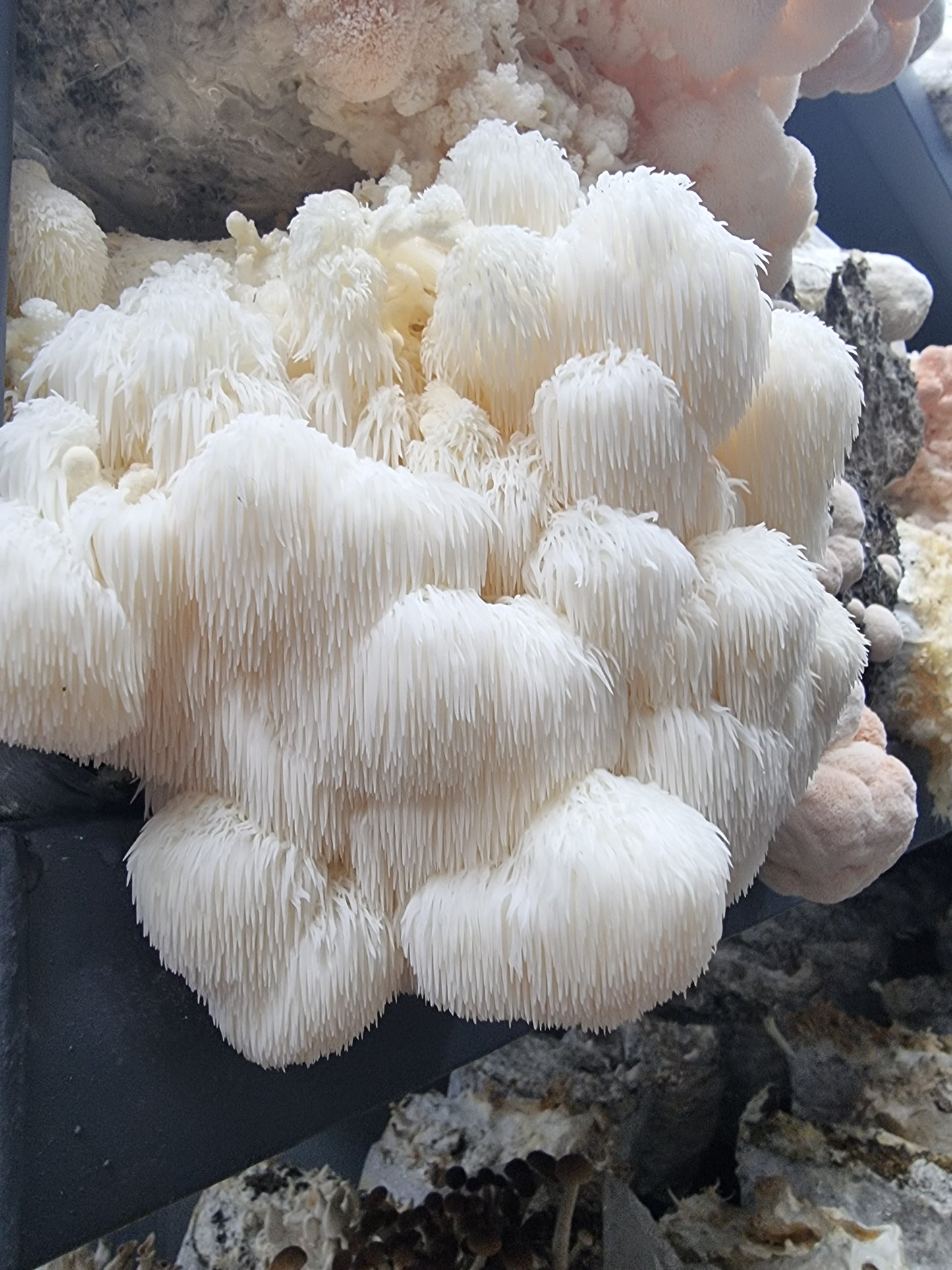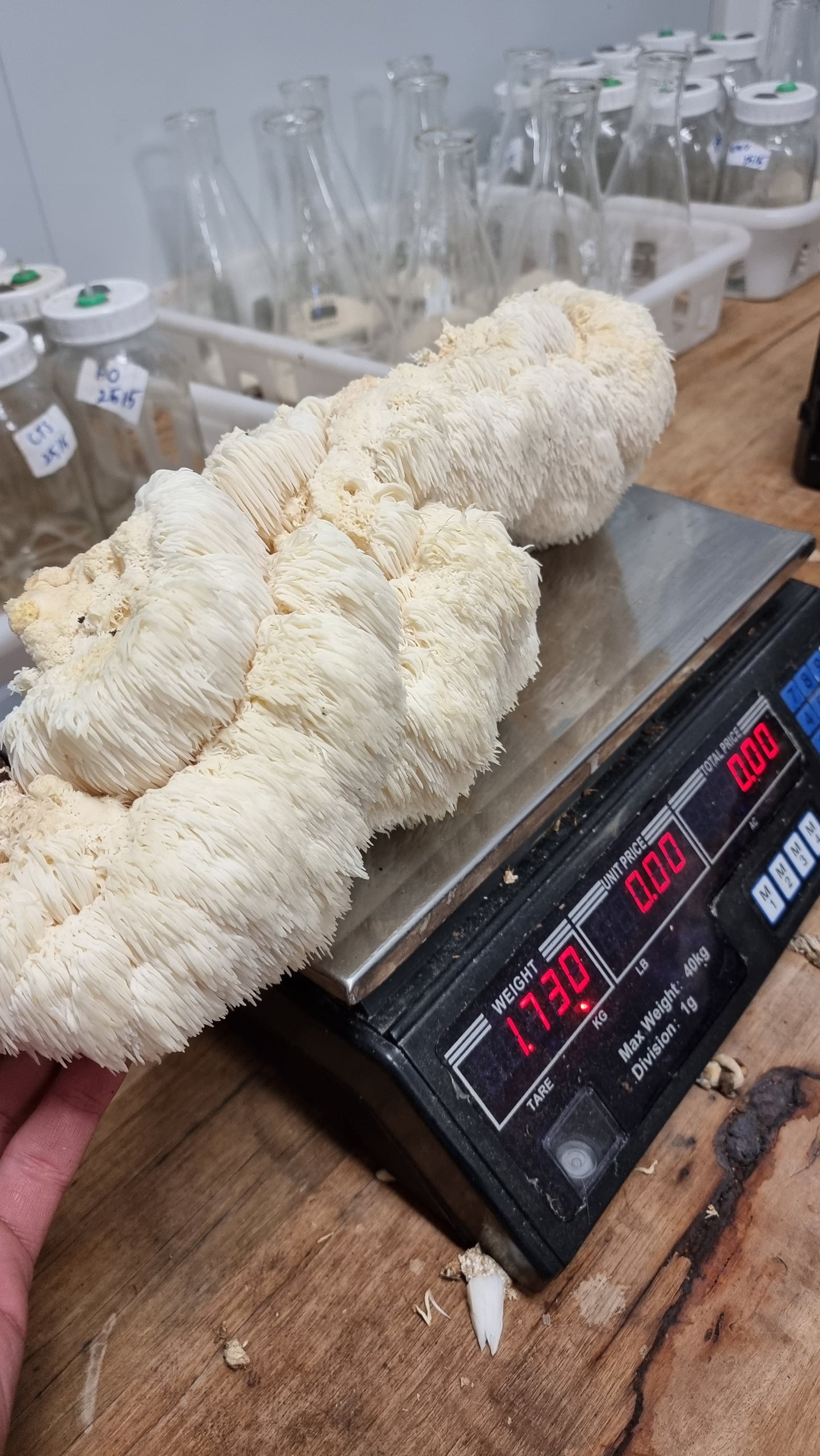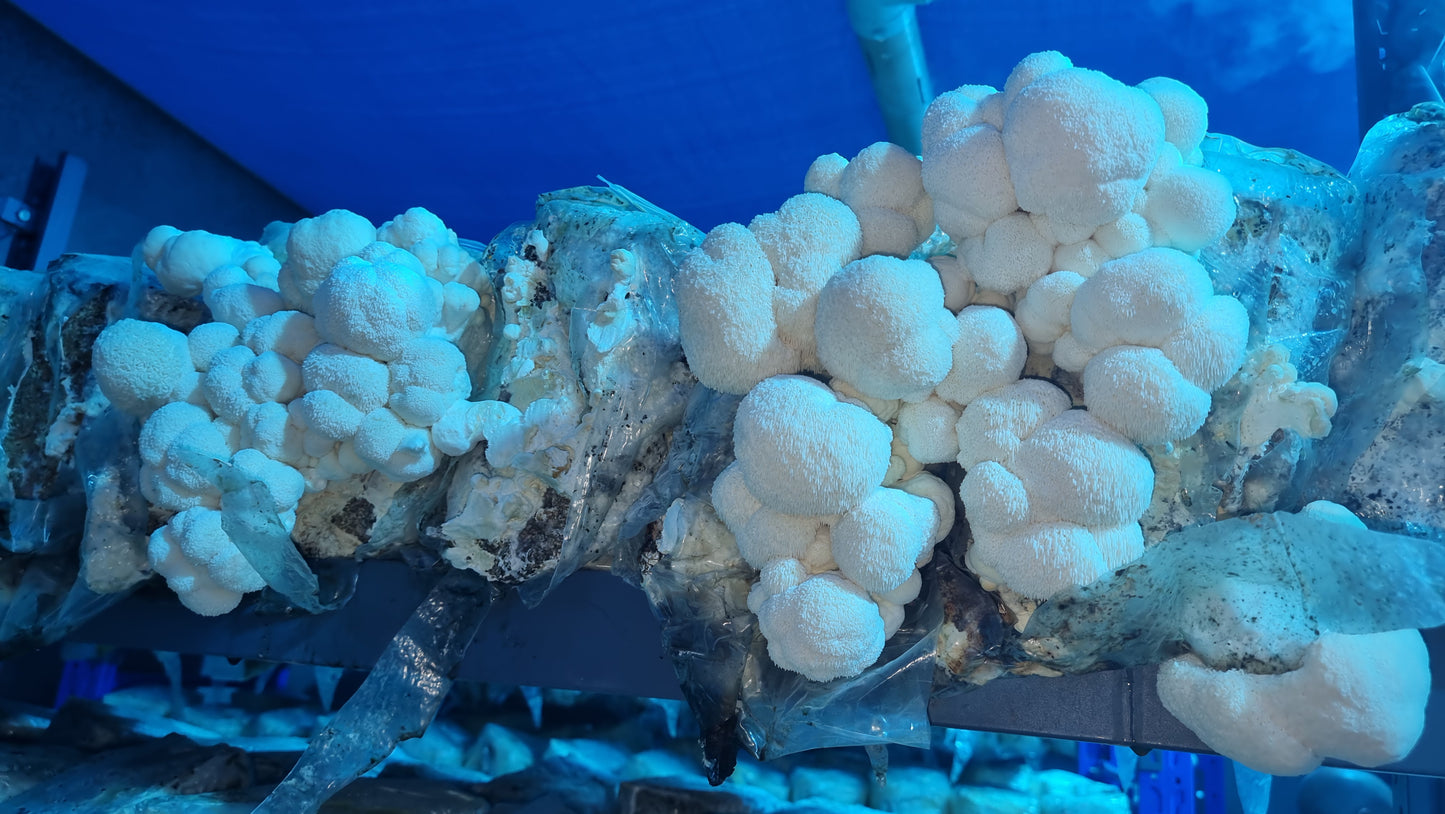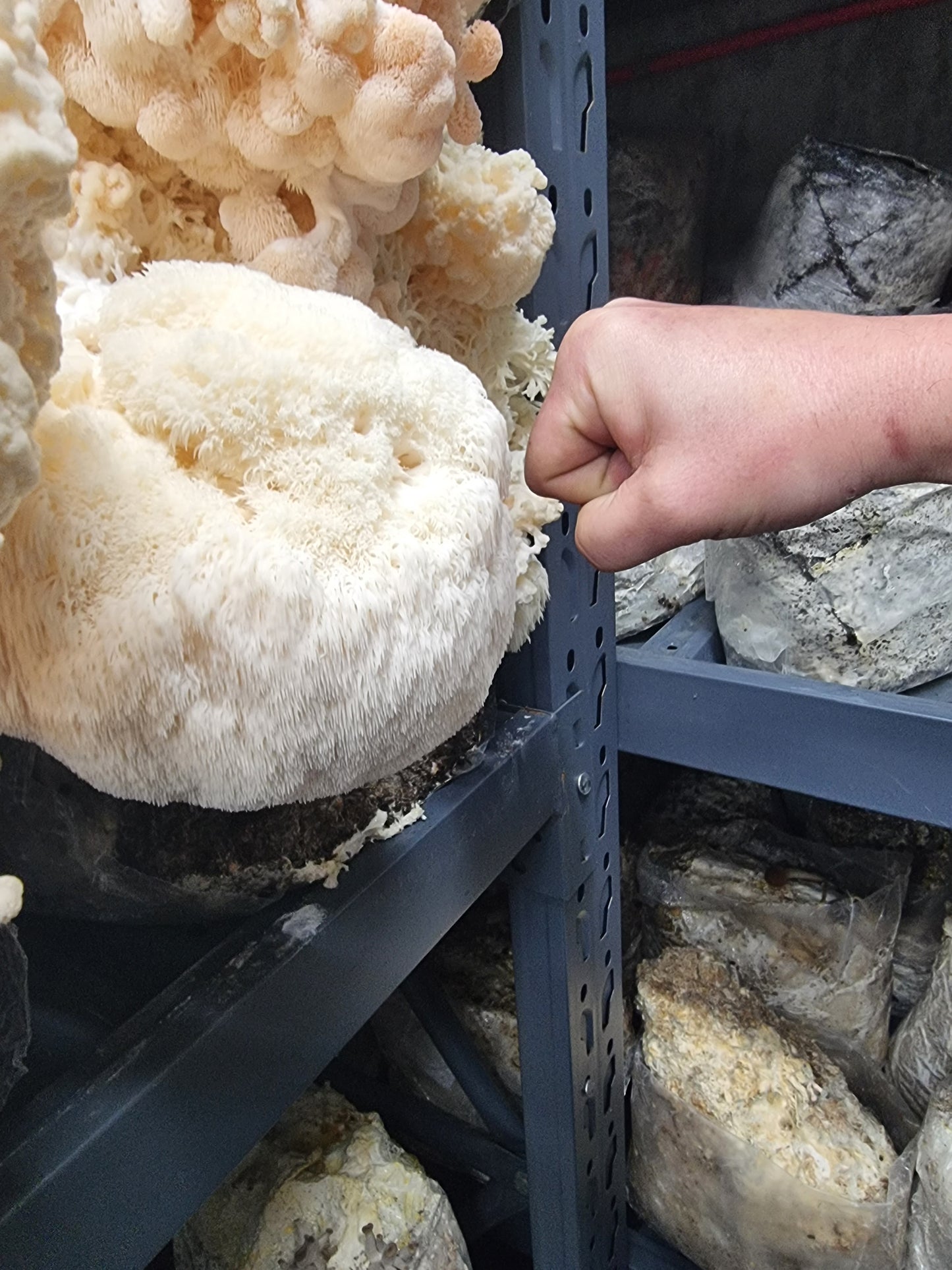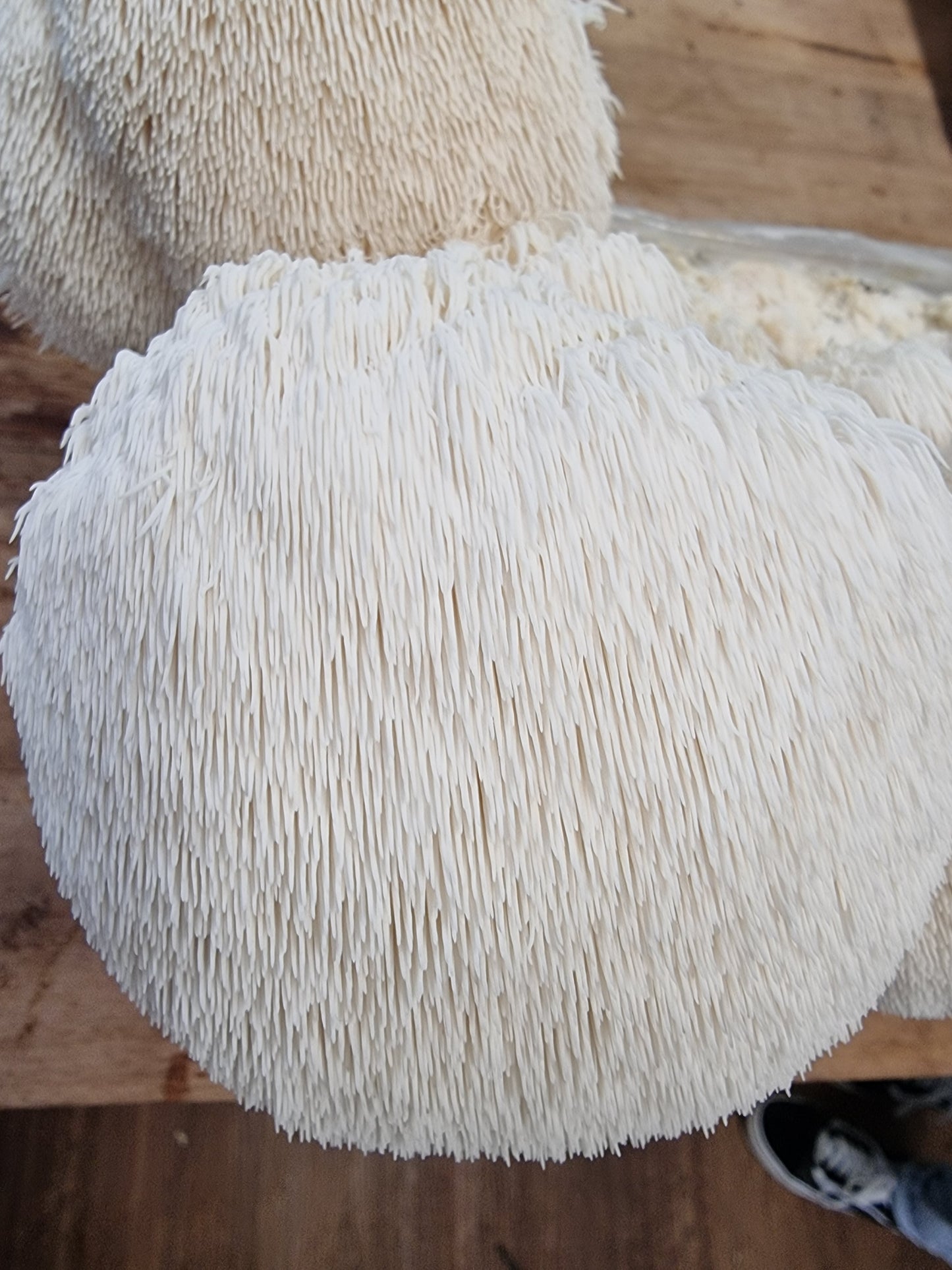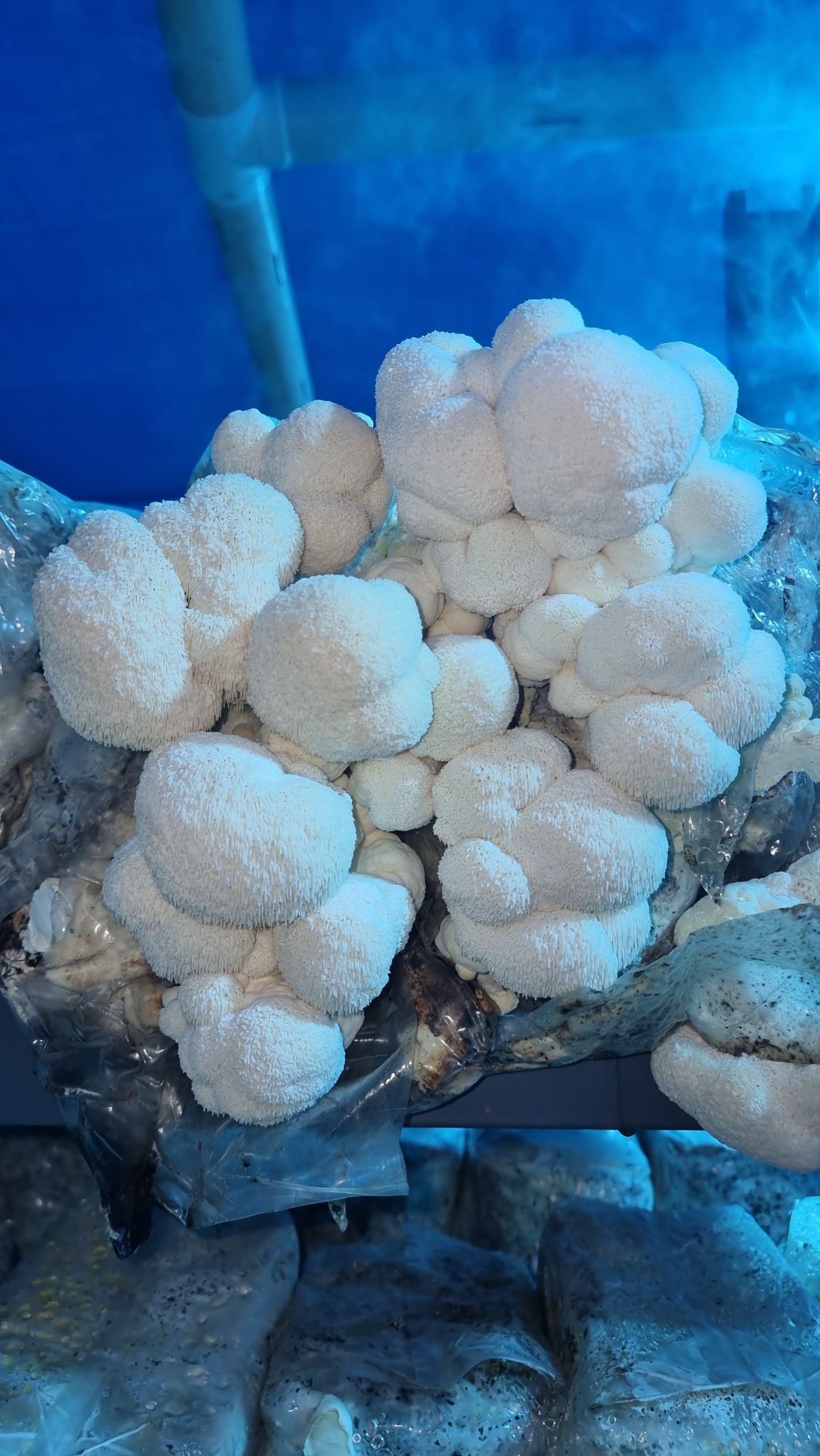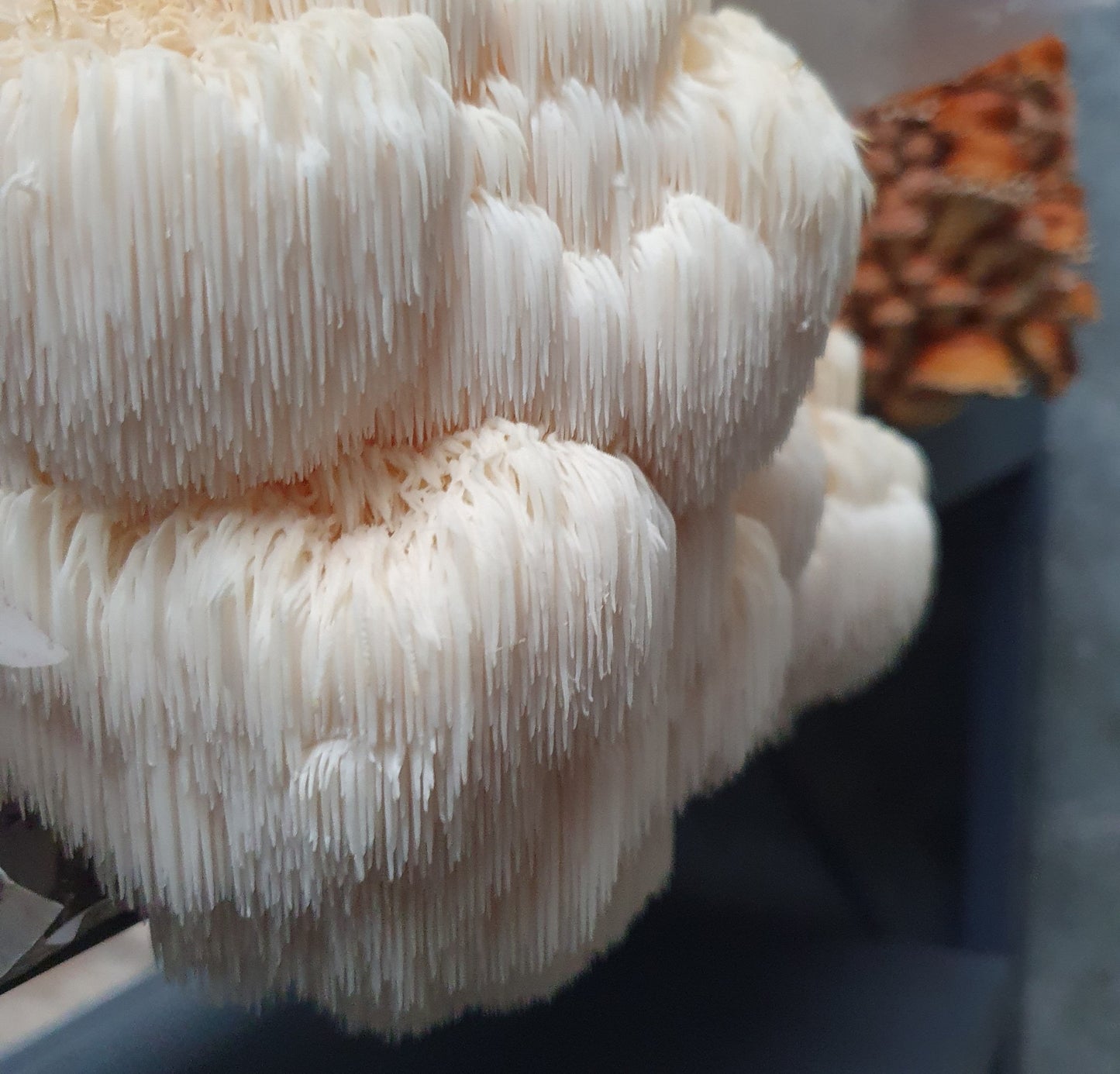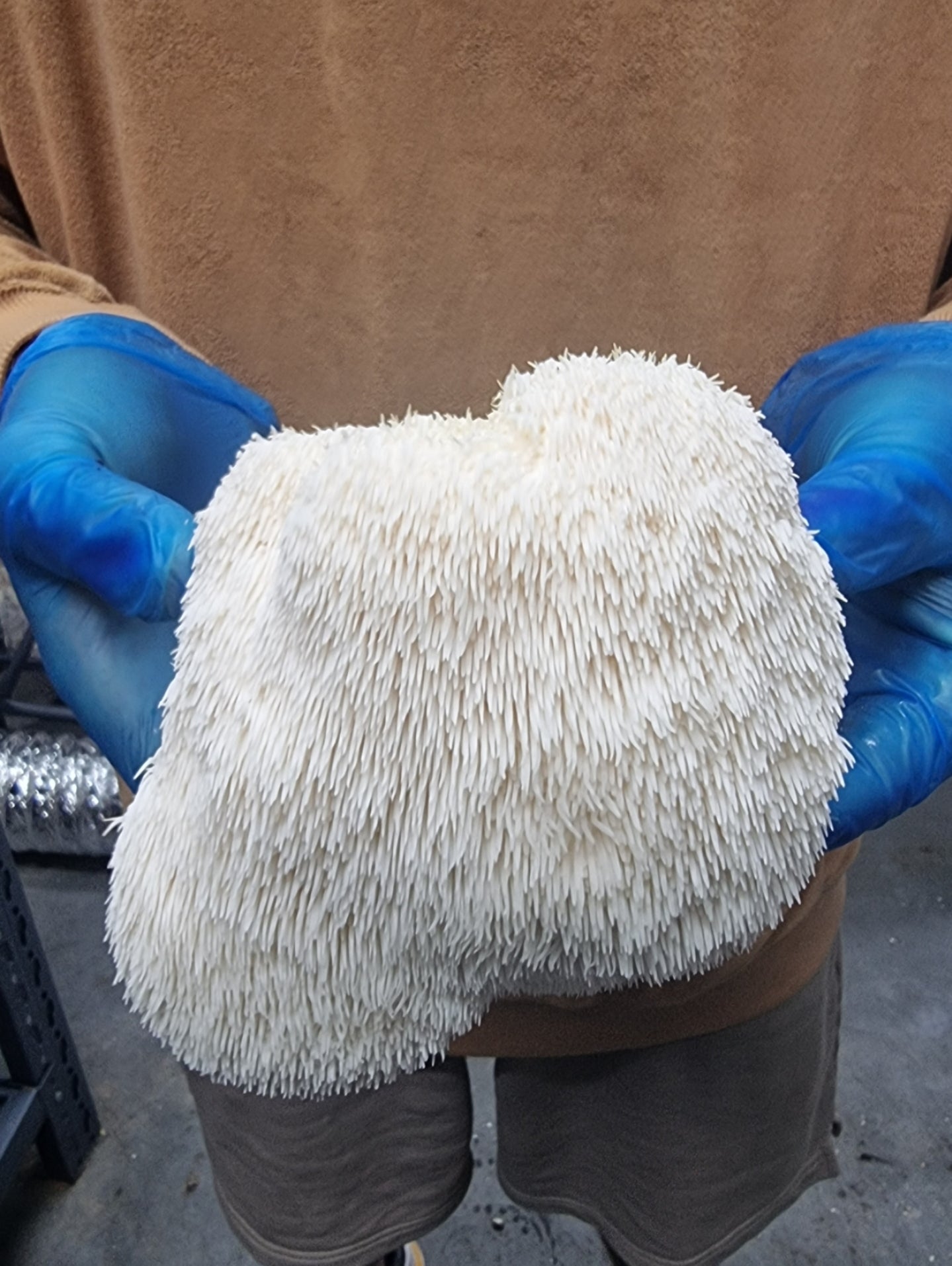Ever stood in a supermarket aisle, gazing at the mushroom section, and found yourself tangled in a web of FODMAP uncertainties?
It's cool, I've been there too.
Mushrooms are such versatile ingredients, but where do they fit on the FODMAP spectrum?
With an overwhelming amount of advice and lists available, I decided to cut through the noise. In this guide, I've distilled all the essential information you need about mushrooms in the context of a low FODMAP diet.
Understanding FODMAPs
Before we plunge into the mushroom realm, let's pause for a minute and dissect this intriguing acronym: FODMAP.
It sounds technical but it's simpler than you think.
FODMAP stands for Fermentable Oligo-, Di-, Mono-saccharides, and Polyols.
Let’s break that down.
- Fermentable: This refers to the process where gut bacteria break down undigested carbs, producing gas in the process. Yup, you guessed it - this can cause bloating and discomfort for many.
- Oligosaccharides: These are complex carbs. Foods like wheat, rye, beans, and certain veggies are the primary suspects here.
- Disaccharides: Primarily lactose, which is the sugar found in milk. If your tummy often rebels after a dairy treat, this could be the culprit.
- Monosaccharides: Mainly fructose. While fruits are wholesome, some (like apples and pears) can be high in fructose. Pairing them with foods rich in glucose can help with absorption.
- Polyols: These are sugar alcohols. They can be found in some fruits and veggies, but they're also common in artificial sweeteners. Think sorbitol or mannitol.
But why does this matter?
Well, for some people, these short-chain carbohydrates are not absorbed well in the small intestine. When they travel to the large intestine, they become a feast for gut bacteria. This bacterial party can result in gas, bloating, pain, and even changes in bowel habits.
And for individuals with Irritable Bowel Syndrome (IBS), these symptoms can be particularly severe.
The whole essence of the low FODMAP diet is to limit these carbs to ensure your gut remains a peaceful place. But remember, everyone is different. While one person may tolerate certain foods just fine, another might find them triggering.
Comprehensive Review of Low-FODMAP Mushrooms
Here are some of the most popular mushrooms that won't wage war on your tummy and where they stand on the FODMAP spectrum.
1. Button Mushrooms
Universally loved and incredibly versatile, these little guys sadly have a catch. They rank high on the FODMAP scale due to their polyol content. If you're strictly adhering to a low-FODMAP diet, you might want to tread lightly with these.
2. Shiitake Mushrooms
Shiitake mushrooms are favorites in Asian cuisines, known for their rich umami flavor. Fresh Shiitake mushrooms are high in polyol-mannitol, making them a bit problematic for a low-FODMAP diet.
However, their dried counterparts are a bit more forgiving. In smaller quantities, dried Shiitake mushrooms can be more tolerable, but always be cautious and start with small servings.
3. Oyster Mushrooms
Here’s some good news! Oyster mushrooms get the green light for low-FODMAP followers.
They're not only delicious but also don't upset sensitive tummies, making them a favorite for many.
And the best part?
They're approved even in larger servings.
4. Canned Champignon Mushrooms
Canned champignon mushrooms (or simply canned white mushrooms) are a pantry gem.
While fresh Button mushrooms might be high FODMAP, the canning process works magic. Many FODMAPs leach out into the canning liquid, making the mushrooms themselves more gut-friendly. Just be sure to drain and rinse before using.
5. Portobello Mushrooms
Portobello mushrooms, the more mature siblings of Button mushrooms, are often used as meaty replacements in dishes.
However, they carry the same FODMAP challenges as their younger counterparts.
They contain notable levels of polyols, so if you’re on a strict low-FODMAP diet, it might be best to skip these.
6. Enoki Mushrooms
Delicate and stringy, Enoki mushrooms are commonly found in Asian soups and salads.
However, if you’re following a low-FODMAP diet, you might want to use them sparingly. Both single and half servings have shown high FODMAP levels.
6. Dried Porcini Mushrooms
Dried Porcini mushrooms can be a tricky territory.
While they infuse dishes with a deep, earthy flavor, their FODMAP content varies with quantity. A full serving might not be your best bet.
However, in smaller amounts (say, a quarter-cup), they might be more tolerable for those with sensitivities.
High-Fodmap Mushrooms To Avoid
While some mushrooms are A-OK for those sensitive tummies, others might be more mischievous.
1. Fresh Enoki Mushrooms
These slender and tall mushrooms, popular in Asian cuisines, sadly don’t make the cut.
Fresh Enoki mushrooms rank high on the FODMAP list. While they add a delightful crunch to soups and salads, they might not be the best choice for those wanting to keep their gut calm and composed.
2. Fresh Button Mushrooms
The universal favorites, Fresh Button mushrooms, despite their popularity, come with a cautionary note for FODMAP followers.
These white-capped wonders are high in polyols, particularly mannitol.
So, while they may be tempting to toss into every dish, it might be best to hold off if you're adhering to a low-FODMAP regimen.
3. Fresh Portobello Mushrooms
The meaty and flavorsome Portobello mushrooms, often used in burgers and grills, unfortunately, carry the same FODMAP challenges as their smaller counterparts, the Button mushrooms.
Their maturity doesn’t bring good news for the FODMAP-sensitive folks, as they remain high in mannitol. If you’re aiming for a low-FODMAP feast, these might be best left off the grill.
4. Fresh Shiitake Mushrooms
Beloved in many dishes for their rich and umami-filled flavors, Fresh Shiitake mushrooms are, regrettably, on the naughty list for FODMAP followers.
They're high in the polyol-mannitol, which might not sit well with sensitive stomachs. Their dried versions offer a little wiggle room, but the fresh ones? Best approached with caution.
Commonly Consumed Mushrooms
1. Agaricus Bisporus - White (Button) Mushroom

The classic! Button mushrooms, often simply referred to as white mushrooms, belong to the
Agaricus bisporus family. These small, rounded, and white delights are the most widely consumed mushrooms globally. Their subtle flavor makes them versatile, perfect for salads, stir-fries, and more.
You might also hear them called champignon mushrooms, especially if you're across the pond in Europe.
2. Crimini
Imagine a button mushroom but all grown up. That’s Crimini for you. Sometimes known as “baby bellas” or “brown mushrooms”, Criminis are like the middle child of the Agaricus bisporus family - more mature than button mushrooms but younger than Portabellas.
With their earthy taste and meaty texture, they are ideal for dishes that need a robust flavor.
3. Portabella Mushrooms

Meet the eldest sibling of the Agaricus bisporus family. Portabella mushrooms, with their broad, dark brown caps, are fully grown button mushrooms.
Their meaty texture and rich flavor make them a favorite for grilling. Looking for a vegetarian burger patty? A grilled Portabella has got you covered!
4. Oyster Mushrooms

Named for their distinct oyster-like shape, these mushrooms aren’t from the ocean but sure bring a wave of flavor!
Native to Germany, they are now found globally, both wild and farm-grown. With a delicate, savory taste, Oyster mushrooms are often used in soups and stir-fries.
5. Shiitake Mushrooms

Originating from East Asia but now celebrated worldwide, Shiitake mushrooms offer a blend of umami richness and a hint of smokiness.
Commonly found in dried form, once rehydrated, they become a flavorful ingredient in numerous dishes. Plus, they pack some serious health benefits, enhancing heart health and reducing inflammation.
6. Chanterelle Mushrooms
Distinctly golden-yellow with a scent reminiscent of apricots, Chanterelles are the wild child of the mushroom world.
Unlike most other mushrooms, these beauties are primarily found in the wild, gracing forests across North America and Europe. Their slightly peppery taste makes them a sought-after delicacy, often shining in gourmet dishes.
Why Are Mushrooms High FODMAP?
Mushrooms are classified as high FODMAP due to their content of polyols, particularly mannitol and sometimes sorbitol. FODMAPs are specific types of carbohydrates that some people have difficulty digesting, leading to symptoms in those with IBS or similar conditions.
Are Canned Mushrooms Low FODMAP?
Yes, canned mushrooms can be low FODMAP in specific serving sizes. The canning process causes some of the FODMAPs in mushrooms to leach out into the canning liquid. When drained and possibly rinsed, the resulting mushrooms are lower in FODMAPs than their fresh counterparts. However, it's essential to monitor portion sizes and individual tolerance.
Conclusion
And there you have it! A comprehensive look into the world of mushrooms through the lens of FODMAPs.
Remember, it’s not about denying yourself your favorite foods, but finding the right balance that works for your body.
Keep this guide handy the next time you’re at the market, and empower yourself to make informed choices.
